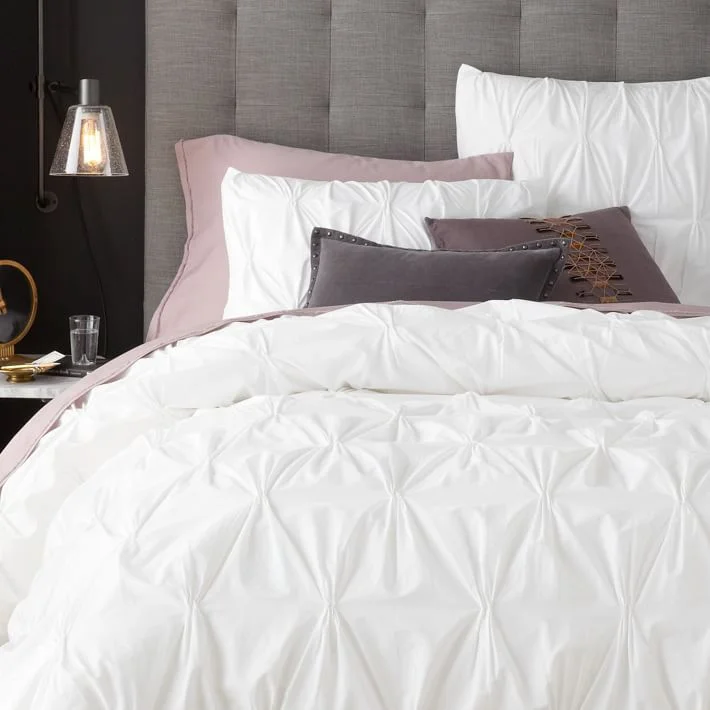Squatting and going up and down stairs are some of the most common irritants of knee pain. Have you ever wondered why? Is there anything you can do to ease the pain? To really understand this, we must first understand some anatomy and biomechanics.
First, the anatomy: The knee cap is a bone called the patella. It is embedded within the quadriceps tendon. The quadriceps attach to the front of your pelvis and upper femur (thigh bone). It then runs down the femur, over the front of the knee joint (where the patella is located), and finally attaches to the front part of the upper tibia (shin bone). The patella is located where it is in order to protect the quad tendon from damage or tearing as it is compressed into the knee joint when the quad is stretched and knee is flexed/bent. The patella sits in a groove between the medial and lateral condyles of the lower femur to help stabilize it.
Next, the biomechanics: Muscles connect two bones and move them. During a concentric contraction, the muscle shortens and the two bone move closer together. An eccentric contraction allows the muscle to lengthen slowly and allow the bones to move father apart with control. An example of these two contractions is a basic bicep curl. During the concentric contraction, your bicep pulls your lower arm and hand closer to your shoulder. The eccentric contraction is essential to slowly lower your hand back toward the floor. If we weren’t able to eccentrically contract our muscle, our hand would simply fall to the floor and we would develop an injury as a result.
Squatting requires the quadriceps muscle to eccentrically contract as we lower ourselves to the floor (knees are bending) and concentrically contract to lift ourselves back up (knees are straightening). As we climb stairs, we use our quads concentrically to push ourselves up the stairs. Descending the stairs requires eccentric quad control to slowly allow our knees to bend with control and bring us down to the stair below us. Both of these activities are particularly challenging due to the amount of weight we are moving with each motion.
In order for these motions to happen correctly, it is essential to have our weight in the correct place on our feet with these activities.
When it comes to stairs, we typically have the weight mostly on the balls of our feet. This can be due to wearing heels, short stairs versus a long foot, needing to hurry up/down the stairs, etc. In order to go up the steps correctly and avoid knee pain, we need to place as much of our foot on the step as possible to allow our heels to get on the step or as close to it as possible. Then we need to push up the stair by pressing through the middle and back of our foot. If we push up through the ball of our foot, the quad has more load on it during the activity and presses the knee cap into our knee joint very hard. Going up the steps pushing through our heels also helps us use our gluts to push us up the step and not our lower backs!
To go down the stairs, we need to keep our weight on our heels as long as possible. For instance, if you are using your right leg to support you while your left leg is lowered down to the step below, you need to keep your weight on your right heel as long as possible. The second our weight transitions forward onto the ball of our foot, our quad turns on. If our quad is on, it cannot eccentrically lengthen and allow us to descend in a biomechanically correct way. If this is the case, you will simply press your kneecap into your knee joint as you essentially fall to the stair below you. If you start with irritated knees, it won’t take many steps for this to become really painful.
We encounter essentially the same problem with squats, but luckily it is much easier to correct! Typically people will transition onto the balls of their feet when beginning to stand up straight. Keep your weight through your heels for the duration of the exercise and you should notice a dramatic improvement in your tolerance!
Written by Lesley Callaham, MPT, PRC on February 20, 2019



